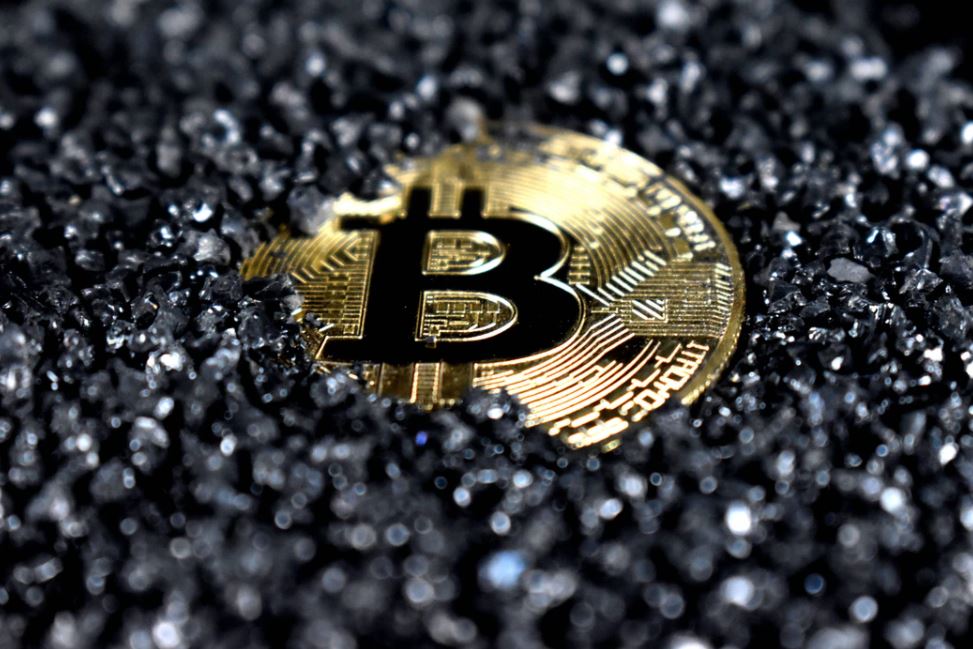
One of the more notable moments of the recent Bitcoin 2021 conference came when a man jumped on stage and ripped off his suit to reveal a tee featuring the now infamous “Doge” meme. He repeatedly shouted “Dogecoin to the moon”, a reference to the cyptocurrency favoured by Elon Musk, as he was removed from the stage.
The reaction from the crowd – mostly a chorus of disapproval – told its own story.
For a long time now, the thought of “crypto” for most people conjures up visions either of radical price volatility or of its cult-like following. This Dogecoin incident perfectly highlighted the latter, as well as in some ways the former, given its underlying message being a hope that the price of Dogecoin will rocket.
Neither of these associations are helpful, and the crowd knew it. Combined, they mask the potential of something which could play a key role in the biggest shake-up of the finance industry in generations.
The reality is that cryptocurrencies are about far more than the price of Bitcoin or “crypto bros”. Along with blockchain, crypto has the power to decentralize finance away from the established institutions we know and trust.
This concept of decentralized finance is now such a significant vertical itself that it has its own moniker, “DeFi”.
Writing recently, Natalie Luu of Lightspeed Ventures made the argument clear: while traditional financial institutions work well in some ways, for example in moving money securely, they are not so good at others, such as transferring currency.
That is where cryptocurrency and blockchain, or more specifically “DeFi”, can come in.
Instead of using an intermediary, like a bank, DeFi will rely on digital contracts operating on a blockchain using crypto as currency. This approach can cover everything from payments to savings accounts to trading.
Stablecoins, for example, are pegged to an asset like the US dollar and can be used to make payments. Visa earlier this year announced it could settle transactions in USDC, a stablecoin linked to the US dollar.
While some stablecoins will operate via a centralised organisation, like Visa, increasingly it will be possible to use stablecoins which are managed by decentralised organisations to make payments.
It’s at this point that it’s easy to get lost or wonder why we need decentralised finance. Like all kinds of innovation throughout time, it generally happens in markets with inefficiencies, where operations can be made quicker or less costly. And the financial services industry remains ripe for disruption on both accounts, even after a decade which has seen significant advances made by fintech companies.
While it may not be tomorrow that you’re paying a supplier using some kind of pegged stablecoin over a blockchain, those who are suffering as a result of the inefficiencies of traditional finance mechanisms will be more inclined to act sooner.
But even now, it takes some kind of leap to imagine a financial system without those traditional institutions who have built up trust over decades. While people have different views on bankers, they generally trust their banks.
This is where the association with memes and price volatility is not helpful. If the first thing that comes to mind when you think of cryptocurrency is an archaic, out-of-control online environment, is that the kind of group you want looking after your money?
This is, of course, a simplistic take. But it’s how people think. And that’s why the people building DeFi need to start mapping out a vision for it away from memes and the booms and busts of Bitcoin.
Last week, Andreessen Horowitz (a16z), one of the world’s foremost venture capital firms, announced it had raised $2.2bn for its Crypto Fund III. Significantly surpassing an initial target of $800m-$1bn, as reported by the FT, the fund is the clearest sign yet of interest from institutional investors in the potential of such digital assets.
Increasingly, those at a high level are recognising its potential. Many central banks are also delving into the development of digital currencies. While DeFi believers would prefer these technologies to be distributed, rather than in the hands of single entities controlling it, it lends further support to this kind of digital approach being the direction of travel.
This bodes well for those feeling bullish about DeFi. And the more smart people that make its case, the better.
But still, serious work is needed to shed the old associations that still linger around crypto, and paint a picture of a brighter future. This is the case for all players with a stake in its future – from investors and crypto companies themselves, to the financial institutions grappling with what role they will play.
Please, just don’t say it’s going to the moon.
